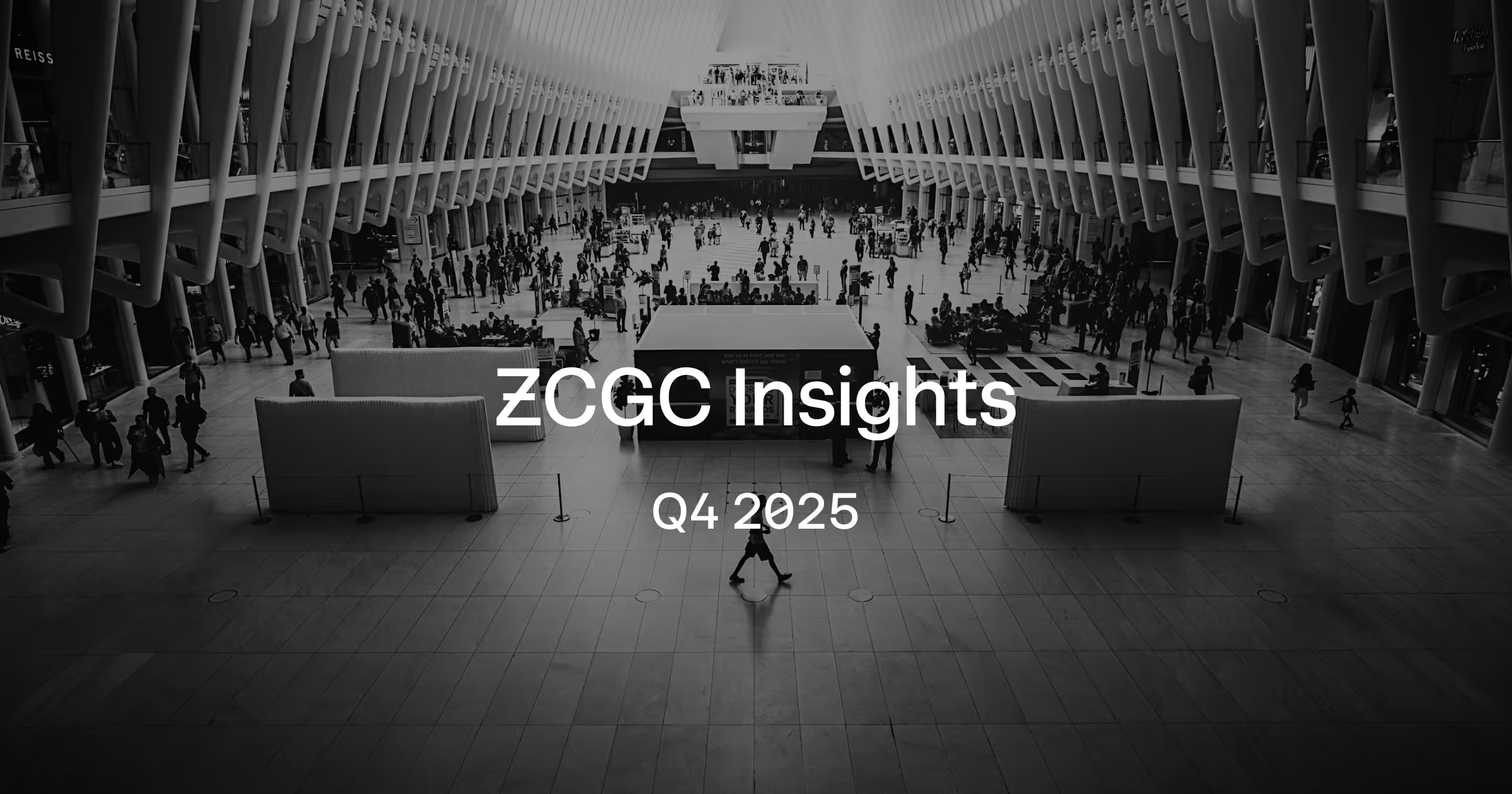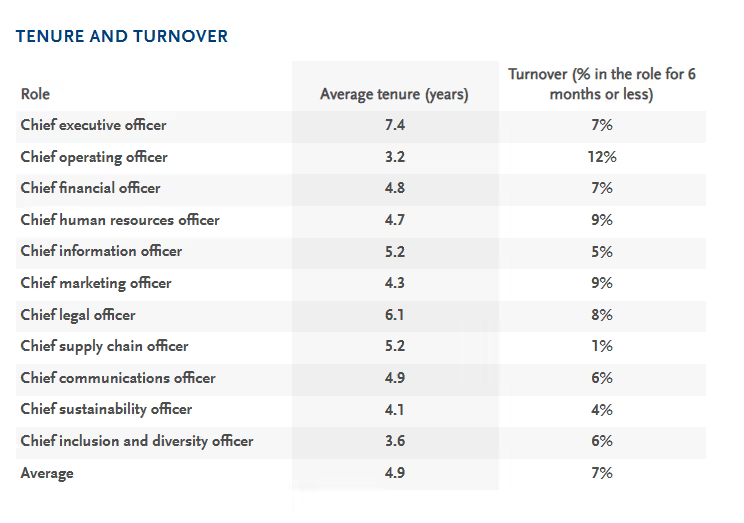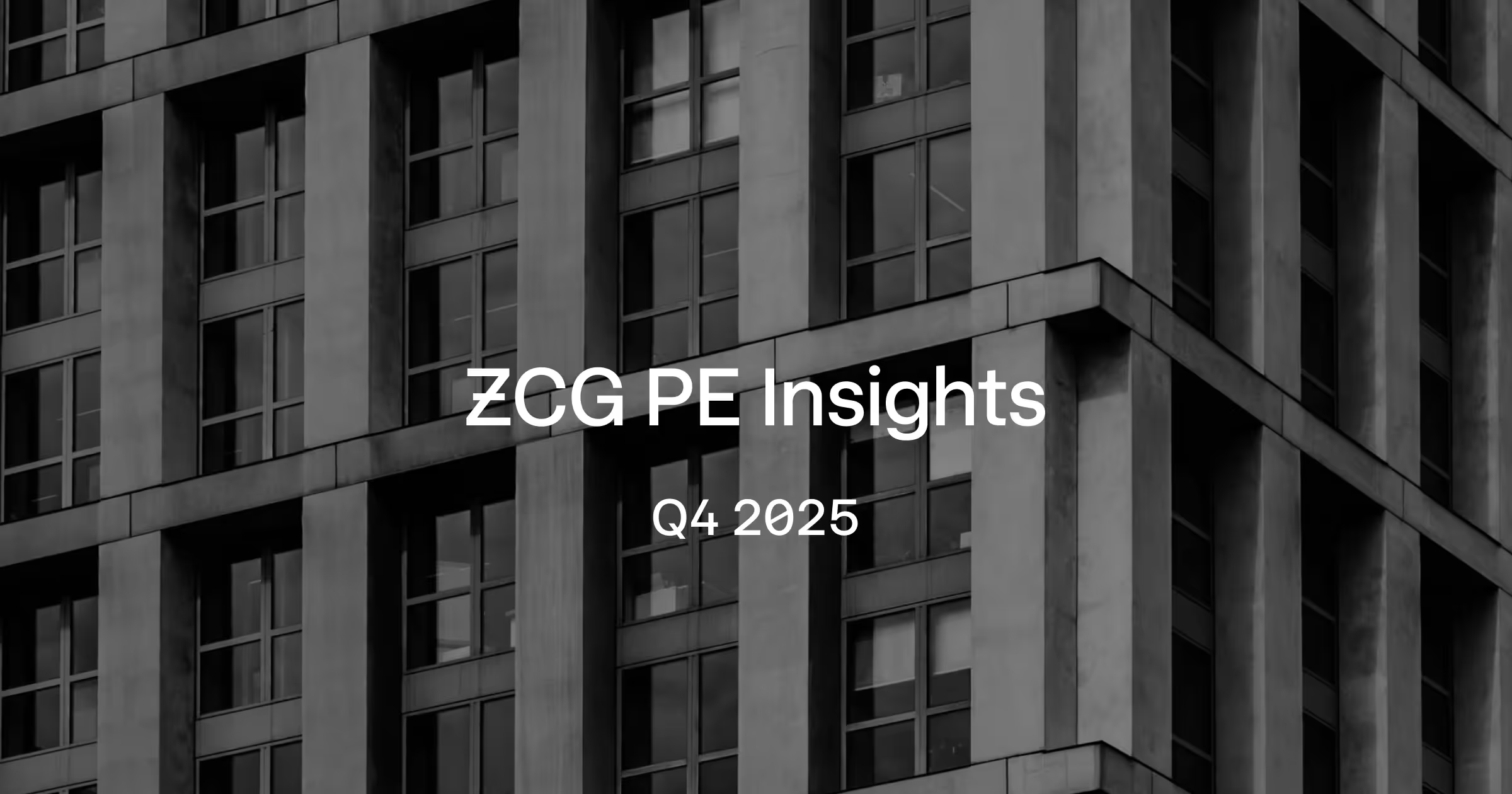
ZCGC Insights: Executive Turnover- How Companies Can Stay Resilient
ZCGC Insights: Executive Turnover- How Companies Can Stay Resilient
Executive Summary
Leadership and workforce pressures are reshaping the corporate landscape. CEO and CFO turnover is accelerating, executive tenures are shortening, and the labor market is sending mixed signals on job openings, resignations, immigration, and wages. At the same time, artificial intelligence has shifted from optional to essential, bringing both productivity gains and cultural strain.
This is not a temporary cycle; it marks a structural reset in how organizations manage leadership, talent, and resilience. Capital markets are rewarding companies that demonstrate team stability, credible succession plans, adaptable workforce strategies, and thoughtful technology adoption.
Companies that combine succession discipline, workforce agility, and AI integration are best positioned to navigate volatility and maintain investor confidence.
Leadership & Labor: Spotlight on Q4 Disruption
- Leadership churn and shrinking tenures are exposing companies to succession risk
and market-value erosion. - Labor pressures, from rising wages, persistent shortages, and immigration shifts, are
forcing firms to favor seasoned operators and rethink geographic and workforce strategies. - AI adoption has become indispensable. Early adopters realizing meaningful productivity
and cohesion gains, while slower adopters face inefficiency and organizational drift. - Capital markets are rewarding resilience built on disciplined succession, agile workforce
management, and credible AI adoption, while penalizing weak people strategies.
Leadership Turnover and Succession Risk
CEO and CFO turnover continues to climb, and shorter tenures are putting greater pressure on boards to prioritize succession planning and leadership readiness. CFOs are particularly vulnerable, with 71%replaced soon after a new CEO takes charge. CEO tenure has dropped below ten years at the largest public companies, with even shorter cycles in private and PE-backed firms.
More than 2,200 U.S. CEOs left their posts in 2024, the highest level in over two decades, up 16% from the prior year, and early 2025 shows no sign of slowing.
Top Roles Under Pressure: Tenure and Turnover Data (1)

Boards are responding with closer oversight, but execution still lags. While many aspire to promote from within, only about half of senior roles are covered by internal pipelines, leaving firms exposed during transitions. (2) Poorly managed succession across the S&P 1500 erases nearly $1 trillion in market value each year, while strong processes can lift valuations by as much as 25%. (3)
Labor market pressures add to the challenge. Rising wages, talent shortages, and immigration shifts are forcing companies to rethink workforce strategies, often prioritizing seasoned operators who can deliver immediate results. (4) These dynamics are reshaping decisions about headquarters locations, supply chain design, and overall workforce design.
AI adds another layer of disruption. Early adopters are already achieving measurable productivity and margin gains. Those that delay face inefficiency, stranded costs, and cultural drift. AI is now a defining factor in organizational resilience, not a discretionary choice.
Looking Ahead to Q4: Succession Planning
Boards cannot control wage inflation, labor scarcity, or interest rates, but they can control readiness for leadership change. Succession planning has returned to the center of strategic focus. Strong interim playbooks and well-developed leadership benches are critical for smooth transitions. Resilient organizations hold leaders accountable for both performance and talent development.
In the coming quarter, resilience will mean:
- Building deeper pipelines through a blend of internal talent and experienced external operators, backed by tested transition plans.
- Reassessing headquarters and workforce strategies to access deeper labor pools and more stable wage environments.
- Linking AI adoption directly to productivity and culture, while anticipating sector specific workforce pressures in healthcare, logistics, real estate, and technology.
Investors are rewarding companies that execute on these fronts, and penalizing those that do not.
ZCGC Leadership

Sources
1 Spencer Stuart (https://www.spencerstuart.com/research-and-insight/fortune-500-c-suite-snapshot-2024-profiles-in-functional-leadership)
2 DDI’s 2025 HR Insights report (https://media.ddiworld.com/research/ddi-hr-insights-report-2025.pdf?_gl=1*1aj5inz*_gcl_au*MTE3MzYxNjk1Mi4xNzUyMjU1NjE1)
3 2021 Harvard Business Review (https://hbr.org/2021/05/the-high-cost-of-poor-succession-planning)
4 Korn Ferry (https://www.kornferry.com/insights/featured-topics/workforce-management)



